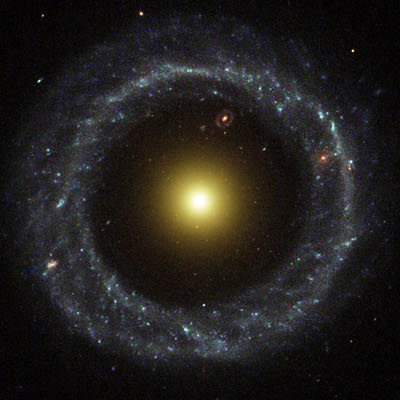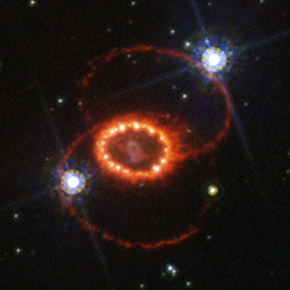Stellar Models
Stellar models logically begin by identifying the forces that create the stars in the first place. All models assume that stars were formed from a far larger body of diffuse matter, typically called a dusty plasma. So what pulled the matter together?In the standard model, gravity is the only inward force, balanced only by hydrostatic pressure pushing back out. If the gravity is strong and/or the hydrostatic pressure is weak, the dusty plasma will collapse into a star. But the hole in that theory is bigger than the theory itself, because recent high-precision measurements of the masses of dusty plasmas reveal that they generate somewhere between 1/5 and 1/20 of the necessary gravity. So 4/5 to 19/20 of the mass is "missing." The theoretical hole is plugged with cold dark matter (CDM).To dispense with the heuristics of CDM, which offer little explanation and no predictive capability, other models consider the effects of electromagnetism, which is the only other set of (real) forces operative at the macroscopic level. Such models begin with even finer-grain data, specifically that star formation preferentially occurs in filaments, rather than spherical dusty plasmas as gravity would have it. So an understanding of star formation necessitates first understanding the filamentary environment.Once the matter is accelerated inward, the next question is, "What completes the consolidation?" This is a non-trivial question, which only Chandler's model directly addresses. The model has two pieces: one for normal stars (e.g., main sequence & AGB stars, including our Sun), and one for "exotic" stars (e.g., black holes, neutron stars, pulsars, magnetars, quasars, blazars, BL Lacs, and white dwarfs).Once formed, stars begin releasing energy in the form of heat & light. In the standard model, nuclear fusion in the core is the sole energy source. In the Electric Universe model, it's galactic electric currents. In Chandler's model of normal stars, inertial & gravitational forces built up electrostatic potential inside the star, which gets released as arc discharges.Then there's the topic of how a star dies, where one of the ways out appears to be in a supernova.SN 1987A was the brightest supernova since SN 1604, and has been well-studied with modern instrumentation. Thornhill maintains that the axial form of the aftermath of SN 1987A puts it in a class of celestial objects known as "planetary nebulae" (though there isn't anything "planetary" about them), and that a supernova is an electrical explosion from a z-pinched current running through the axis.1,2 This requires a huge drop in resistance where the current flows through the star, ignoring the perfect conductivity of the surrounding vacuum. (See Vacuum Conductivity for more info.)Another hypothesis concerning planetary nebulae is that they reveal the bipolar jets from exotic stars, which Chandler considers to be "natural tokamaks."Note that the "natural tokamak" model does not explicitly address how a supernova might form, at least as part of the normal life cycle of the star. This might not cause problems explaining SN 1987A, since the classification of its progenitor as a planetary nebula is Thornhill's alone. Another possibility is that SN 1987A occurred inside a structure similar to a ring galaxy (such as PRC D-51), in which all of the radial momenta in the accretion disc has been converted to angular momenta. The supernova triggered star formation in the ring, while also expelling matter in bipolar jets. This enables an explanation for the center ring being off of the axis between the bipolar ejecta — the supernova wasn't in the center of the ring.
References
1. Thornhill, W. (2005): Supernova 1987A Decoded. ⇧
2. Thornhill, W. (2007): The Z-Pinch Morphology of Supernova 1987A and Electric Stars. IEEE Transactions on Plasma Science, 35 (4): 832-844 ⇧












